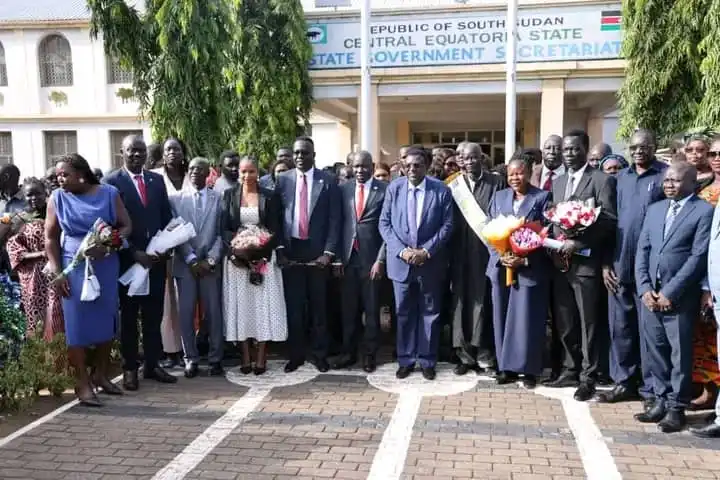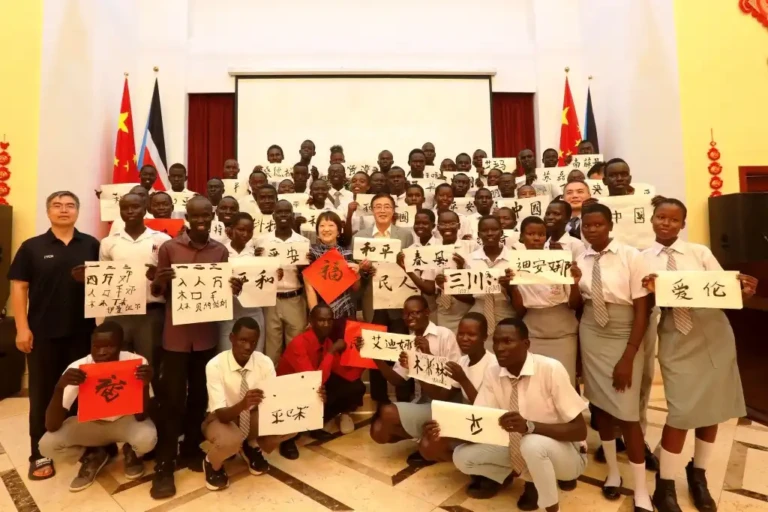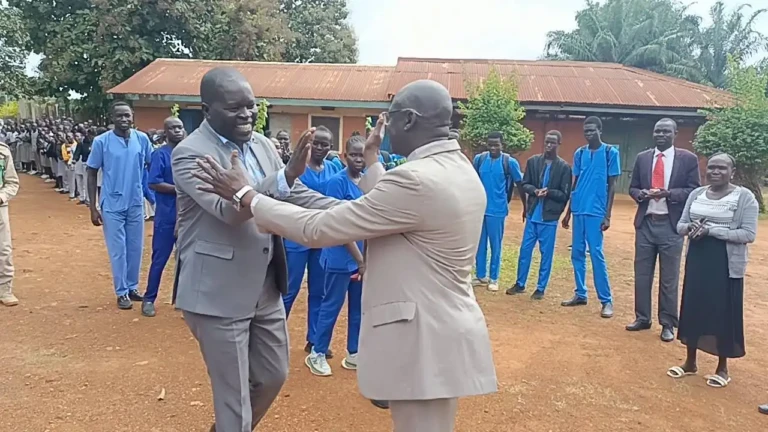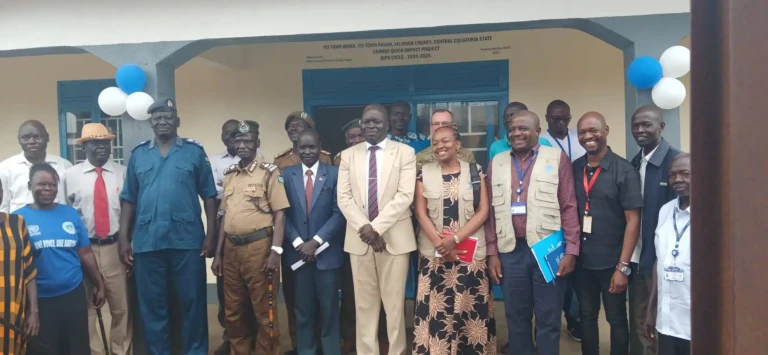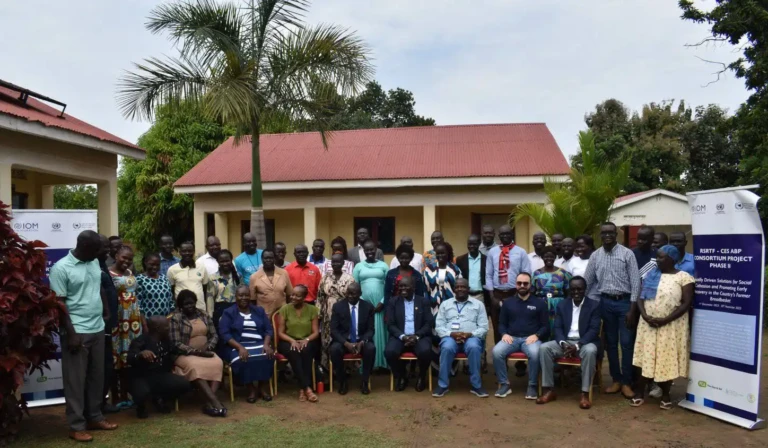
(Juba) – More than 200 square kilometers of land in South Sudan remain contaminated by landmines and unexploded ordnance, according to the country’s National Mine Action Authority. The announcement was made on Friday as South Sudan joined global partners in marking the International Day for Mine Awareness and Assistance in Mine Action.
Jurkuch Barac Jurkuch, Chairperson of the National Mine Action Authority, said the remaining minefields continue to pose serious risks to civilians, block access to services, and delay the return and recovery of communities. “The National Mine Action Authority and our partners marked significant milestones to clear and remove mines and unexploded ordnance to build a safe environment in South Sudan with a vision of peace, safety, and stability,” he said.
Jurkuch noted that South Sudan has made major progress since the first humanitarian demining teams were deployed in 2004 and the National Mine Action Authority was established after the signing of the Comprehensive Peace Agreement in 2005. So far, more than 1,300 square kilometers of land have been cleared and returned to communities. However, an estimated 200 square kilometers remain unsafe as of 2024.
The authority has now set a new national goal to completely clear all landmines and unexploded devices by 2030. That vision, officials say, will require sustained commitment from the government, partners, and international agencies to ensure the country is free from explosive threats.
Anita Kiki Gbeho, the Deputy Special Representative of the UN Secretary-General in South Sudan, urged continued support for mine clearance operations. “A South Sudan free from explosive hazards is now within reach,” she said. “Mine awareness and mine action are more than just technical undertakings—they are critical to restoring peace and rebuilding communities.”
Zehrudin Sukanovic, Chief of Mine Action at the United Nations Mine Action Service (UNMAS) in South Sudan, reaffirmed the UN’s support. He said mine action not only helps remove deadly explosives from the land but also plays a key role in supporting humanitarian operations and building the capacity of national institutions. “Mine action remains committed to being a critical enabler, supporting UN missions, UN entities, humanitarian operations, and communities while fostering national ownership and capacity building,” he said.
Landmines and explosive remnants of war, many of them left behind during decades of armed conflict, continue to cause injuries and deaths in South Sudan. Their presence also hinders farming, access to water, road construction, education, and the return of displaced families.
Observed every year on April 4, the International Day for Mine Awareness brings together national authorities, UN agencies, and civil society across South Sudan to highlight the importance of mine action in protecting lives and opening up land for safe use.
Clearing the remaining 200 square kilometers will require increased funding, equipment, and skilled personnel. Mine clearance can cost anywhere between $3 to $5 per square meter depending on the terrain. At that rate, removing explosives from 200 square kilometers or 200 million square meters could cost up to 1 billion South Sudanese Pounds (SSP), or around $850,000 USD at current exchange rates.
Discover more from Access Radio Yei News
Subscribe to get the latest posts sent to your email.

